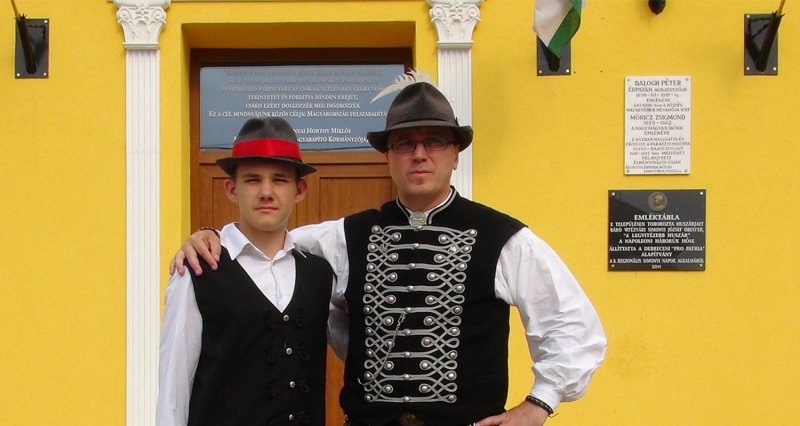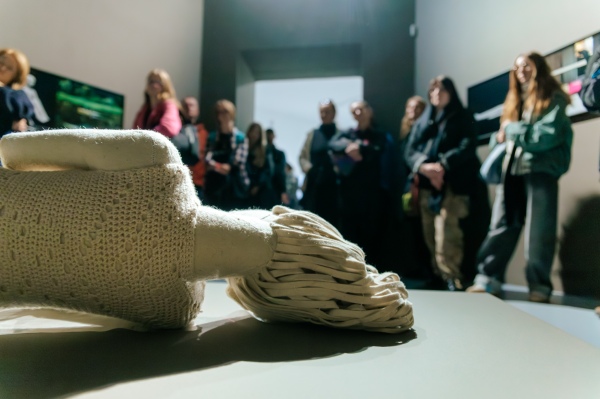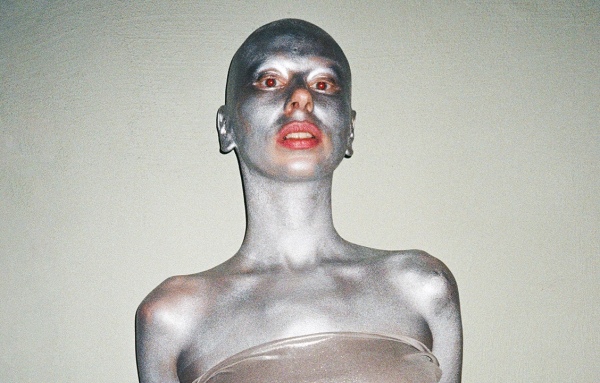The Érpatak Model
[Model Érpatak], directed by Benny Brunner, Netherlands 2014, 76'
The film portrays Mihály Zoltán Orosz; the hyper energetic and ultra nationalist mayor of Érpatak, a village of 1,750 inhabitants in eastern Hungary. Mayor Orosz is possessed by delusions of order, discipline and control. He divides the villagers into "builders" and "destroyers"; supporters and opponents of his Érpatak Model. The mayor’s ultimate goal is the creation of a "sacred and organic dictatorship" where the supreme values are order, discipline and fighting spirit in order to unite the community on a local level and the nation on a country level.
The mayor hates the liberal-democracy and the liberal media, but more than anything, he hates the "International Masonic Jewish Network" lead by billionaire-philanthropist George Soros - a Jew of Hungarian decent - who is set to destroy Hungary. Mayor Orosz liken himself to a knight who is Hungary's last line of defence.
The Érpatak Model is a blue print for 21st century form of soft totalitarianism that is being implemented these days in the centre of Europe. Hungary destroys the core values of the EU: democracy, freedom of the press, independence of the judiciary and minorities rights. Unfortunately, the EU remains silent in the face of these policies. Even when Hungarian legislation concerning social and educational policies is openly targeting the liberal democracy.
The film’s Postscript scene unites the mayor’s vision with Hungarian PM Viktor Orbán’s vision of building an “illiberal” Hungary.
Benny Brunner and Keno Verseck have filmed in Érpatak between January and the end of April 2014. An anthropological ‘observing camera’ approach was applied. The story is told through a variety of scenes that depict the village life under mayor Mihály Zoltán Orosz; interactions between him and ‘his subjects’; scenes with the mayor’s lieutenants who enforce his grip over the villagers, especially the Roma. And scenes that depict the mayor’s struggles against his real and perceived enemies in the courts and elsewhere, and his missionary efforts to export the Érpatak Model to other villages and towns in Hungary. Each scene represents and/or illustrates one of the film’s story lines that are woven together into a dramatically captivating structure.



